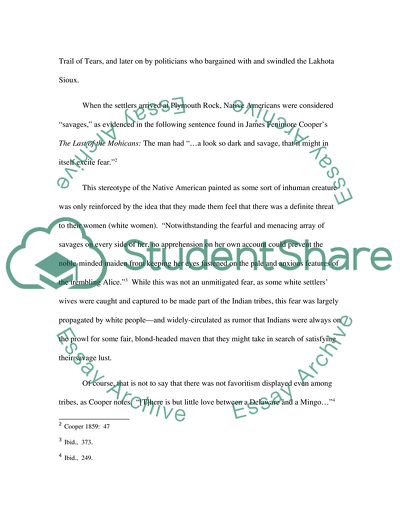Cite this document
(American Indian and Western European Philosophy: A Historical, Cultural, and Environmental Crisis Essay Example | Topics and Well Written Essays - 2250 words, n.d.)
American Indian and Western European Philosophy: A Historical, Cultural, and Environmental Crisis Essay Example | Topics and Well Written Essays - 2250 words. https://studentshare.org/philosophy/1763512-american-indian-and-western-europe-on-the-history-culture-and-environmental-crisis
American Indian and Western European Philosophy: A Historical, Cultural, and Environmental Crisis Essay Example | Topics and Well Written Essays - 2250 words. https://studentshare.org/philosophy/1763512-american-indian-and-western-europe-on-the-history-culture-and-environmental-crisis
(American Indian and Western European Philosophy: A Historical, Cultural, and Environmental Crisis Essay Example | Topics and Well Written Essays - 2250 Words)
American Indian and Western European Philosophy: A Historical, Cultural, and Environmental Crisis Essay Example | Topics and Well Written Essays - 2250 Words. https://studentshare.org/philosophy/1763512-american-indian-and-western-europe-on-the-history-culture-and-environmental-crisis.
American Indian and Western European Philosophy: A Historical, Cultural, and Environmental Crisis Essay Example | Topics and Well Written Essays - 2250 Words. https://studentshare.org/philosophy/1763512-american-indian-and-western-europe-on-the-history-culture-and-environmental-crisis.
“American Indian and Western European Philosophy: A Historical, Cultural, and Environmental Crisis Essay Example | Topics and Well Written Essays - 2250 Words”. https://studentshare.org/philosophy/1763512-american-indian-and-western-europe-on-the-history-culture-and-environmental-crisis.


